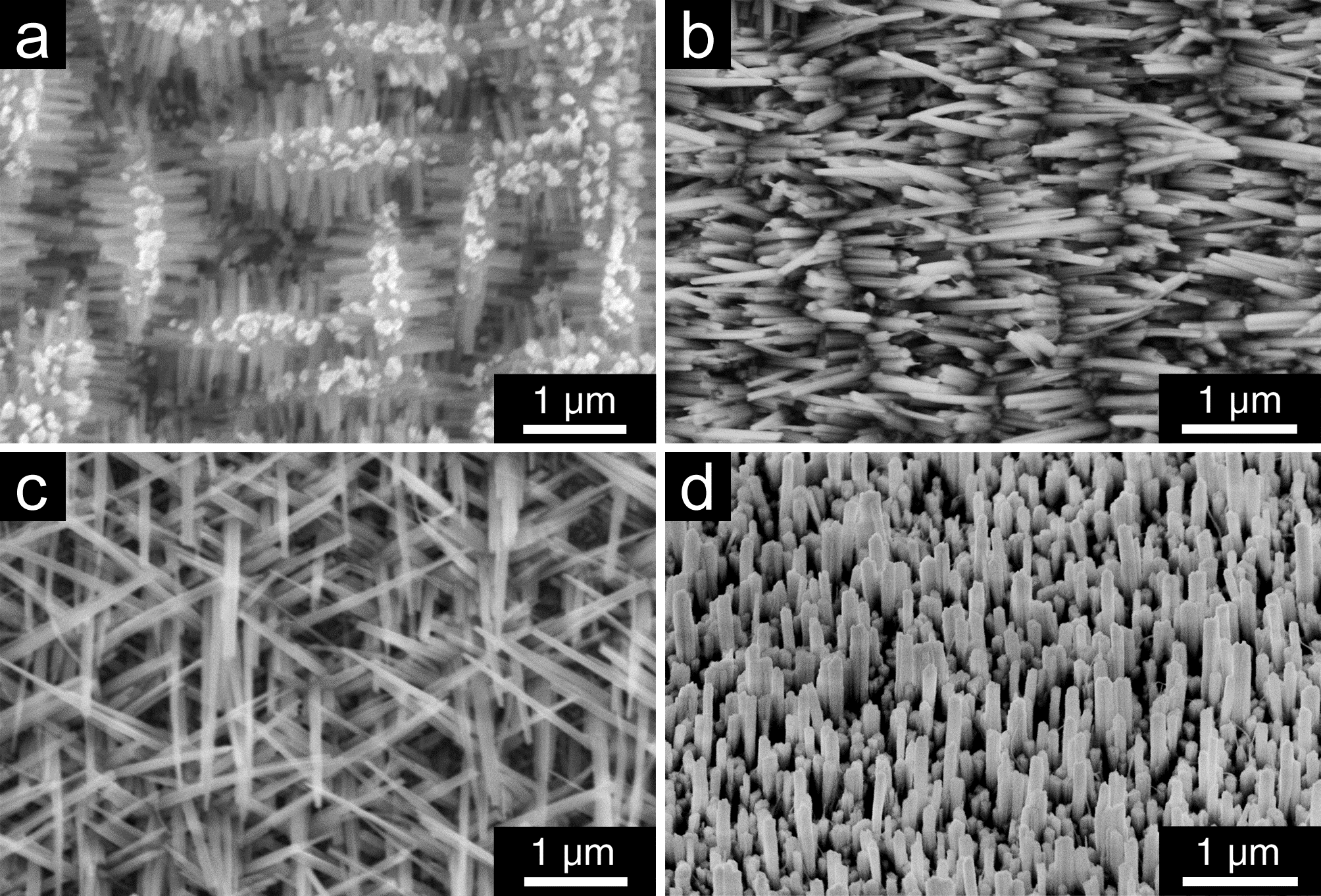Professor Mari-Ann Einarsrud
Department of Materials Science and Engineering
NTNU Norwegian University of Science and Technology Trondheim, Norway
Abstract
Nanorods and nanostructures of ferroelectric perovskites have recently been studied with increasing intensity due to their potential use in non-volatile ferroelectric random access memory, nano-electromechanical systems, energy-harvesting devices and advanced sensors [1]. This presentation describes hydrothermal synthesis of different hierarchical nanostructures of PbTiO3 and discusses mechanisms for the particular growth of the nanostructures.
An amorphous lead titanate precursor mixed with sodium dodecylbenzenesulfonate surfactant was used during the hydrothermal synthesis. Novel bur-like hierarchical nanostructures of PbTiO3 were formed without the use of substrates [2]. The bur-like nanostructures exhibit a microsphere core with an outer shell of nanorods. The nanorods were between 50 nm and 100 nm in diameter and from several hundreds nm up to 2 mm in length. The growth of the bur-like nanostructures is proposed to be a two-step process with agglomeration of PbTiO3 nanoparticles in the first step, followed by the nanorod mesocrystal growth.
In the presence of SrTiO3 substrates, hierarchical arrays of ferroelectric lead titanate (PbTiO3) nanorods were grown on the substrates [3], see Fig. 1. Changing the crystallographic orientation of the substrate resulted in a systematic change in the orientation of the nanorods. The nanorods had a square cross-section of 35-400 nm and were up to 5 µm long. The nanorods were shown to grow in the [001] direction by self-assembly of cube-shaped or facetted nanocrystals into anisometric mesocrystals, which ripen into nanorods. The domain structure of the nanorods was studied by TEM and the polarization of the heat-treated nanorods could be successively switched in the direction perpendicular to the nanorod axis by piezoresponse force spectroscopy. This control of the polarization in PbTiO3 nanorods opens up possibilities of tailoring the ferroelectric properties and is therefore highly relevant for the use of ferroelectric nanorods in devices.
[1] P.M. Rørvik, T. Grande, and M.-A. Einarsrud, Adv. Mater., 23 4007-4034 (2011).
[2] G. Wang, R. Sæterli, P. M. Rørvik, A. T. J. van Helvoort, R. Holmestad, T. Grande and
M.-A. Einarsrud, Chem. Mater. 19 2213-2221 (2007).
[3] Fig. 1. SEM images of PbTiO3 nanorods grown hydrothermally on single-crystalline SrTiO3 substrates with different crystallographic directions. (a) (100)-orientation (b) (110)-orientation (c) (111)-orientation and (d) (100)-oriented SrTiO3 substrate inserted after 6 h synthesis.P.M. Rørvik, T. Grande, and M.-A. Einarsrud, J. Crystal Growth Design, 9 1979-1984 (2009).
Fig. 1. SEM images of PbTiO3 nanorods grown hydrothermally on single-crystalline SrTiO3 substrates with different crystallographic directions. (a) (100)-orientation (b) (110)-orientation (c) (111)-orientation and (d) (100)-oriented SrTiO3 substrate inserted after 6 h synthesis.
Laboratoire LMGP
3 parvis Louis Néel - 38000 Grenoble
Accès : TRAM B arrêt Cité internationale



